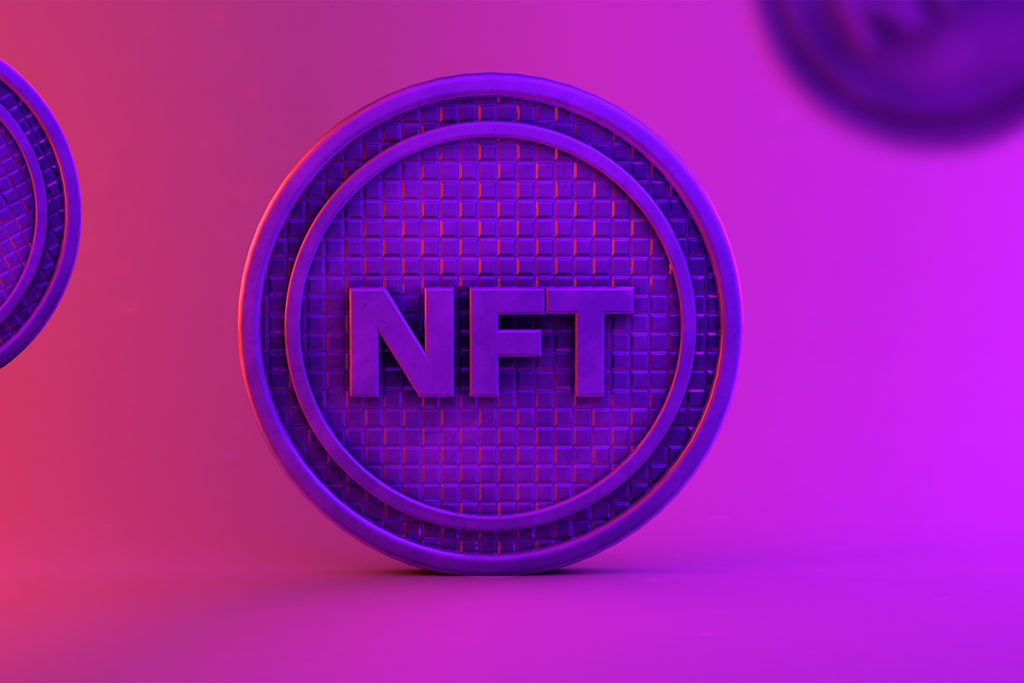Over the last several months, NFTs have gone viral everywhere. It has left many of us intrigued, confused, and wondering if we’re missing out on something big. So in order to ease your FOMO, here are the basics of what you need to know about NFTs before deciding if you want to buy or sell them.
Defining “NFT”
“NFT” stands for “non-fungible token.” When something is fungible, this means that it is interchangeable. For example, bitcoins are fungible because you can exchange one for another and have the same result. You can’t have two of the same NFT (except sometimes you can, but more on that later.)
NFTs are part of the Ethereum blockchain. If that’s complete gibberish to you, you’re not alone. In short, Ethereum is the second most popular form of cryptocurrency, and a blockchain is a secure record of the cryptocurrency trading process that demonstrates ownership.
An NFT can be virtually anything. NFTs exist for music, stickers, gifs, videos, and even tweets (weird flex, Jack Dorsey). Most of the excitement around NFTs outside of the world of crypto-enthusiasts has to do with their use for selling original digital art. Artists can use NFTs to sell a digital art piece as one-of-a-kind and completely unique, and art collectors can now start curating digital collections.
Benefits of Selling an NFT
Those who benefit most from NFTs are creators. NFTs give them a whole new way to market their art and designs, and they can even make a percentage of any future reselling of their NFTs. NFTs also help with efficiency in the digital marketplace, as they exist in a secure blockchain that allows NFT creators to connect directly with buyers and provide clear authentication of their work.
NFTs could also become useful for transacting sensitive information and protecting data against being copied or stolen, though this doesn’t currently seem to be happening much with them. Blockchains have long been hailed as “unhackable”, so the entire process is generally secure for all users involved.
Why Buy an NFT?
NFTs are similar to buying an original painting in the physical world. You get to support an artist you love, and are able to display it to show off to others (although you’re doing this digitally rather than in a physical gallery). For collectors, it’s a fun new type of collection to start that won’t take up space in the garage. Buying an NFT now can also have future payoff if the value increases, just like that Beanie Baby collection you’ve been saving for a rainy day.
There are also online clubs for specific types of NFTs, like the Bored Ape Yacht Club and Cool Cats. By owning one of these NFTs, you get to be part of an exclusive community. Plus, you get bragging rights. I mean, how many people can say they own a digital cat with a dragon tail, and use a blockchain to prove it?
How NFTs Can Be Copied
“Wait, I thought you said NFTs are non-fungible? How can they be copied?”
Well, yes. NFTs are non-fungible — it’s in the name. However, the original artist can still copy them, sort of. If you create and sell an NFT, you can create new NFTs of the exact same thing and sell those as well. This is where buying NFTs can be risky, because you may spend a large sum on an NFT that is completely one of a kind, but if the creator makes 50 more just like it, the value of yours will depreciate rapidly. This doesn’t seem to be common practice and would destroy their reputation as an NFT creator, but there’s technically nothing stopping them.
Other than the original creator selling multiple NFTs, a single NFT can’t be copied. Only the owner of the NFT has the blockchain to prove its authenticity, so while several people may have a download of a given digital art piece on their computer, only one owns the NFT original.
This is where the idea of it as original art breaks down. With an original painting, you see the textures of the paint and know that the artist spent time working on that exact painting. There is literally no other art piece like it in the world, because even if someone tries to paint a replica, it won’t be the same.
With NFTs it gets weird, because two digital images are the same. One may be an NFT that gives you “ownership of the original” while another is not, but they will still look exactly the same.
Should You Get Into NFTs?
NFTs could be a useful tool for artists and designers to securely sell digital work, but if you don’t have a reputation behind your name then it may be hard to get traction. Selling copies at a lower price on Etsy may be more effective for you until you’ve built up a following around your art.
As a business owner, your interests are probably more in the crypto-trading side of things. If you’ve never delved into the world of cryptocurrency before, be sure to do your research and have a strong understanding of the risks and benefits, and don’t start trading until you’re feeling confident!
In general, NFTs seem to be another crypto fad that may not last. Some were even saying as early as June 2021 that NFTs were over, and yet people are still talking about them. Just be careful what you buy into, there are a lot of sketchy aspects about NFTs and people are selling some weird stuff out there!




